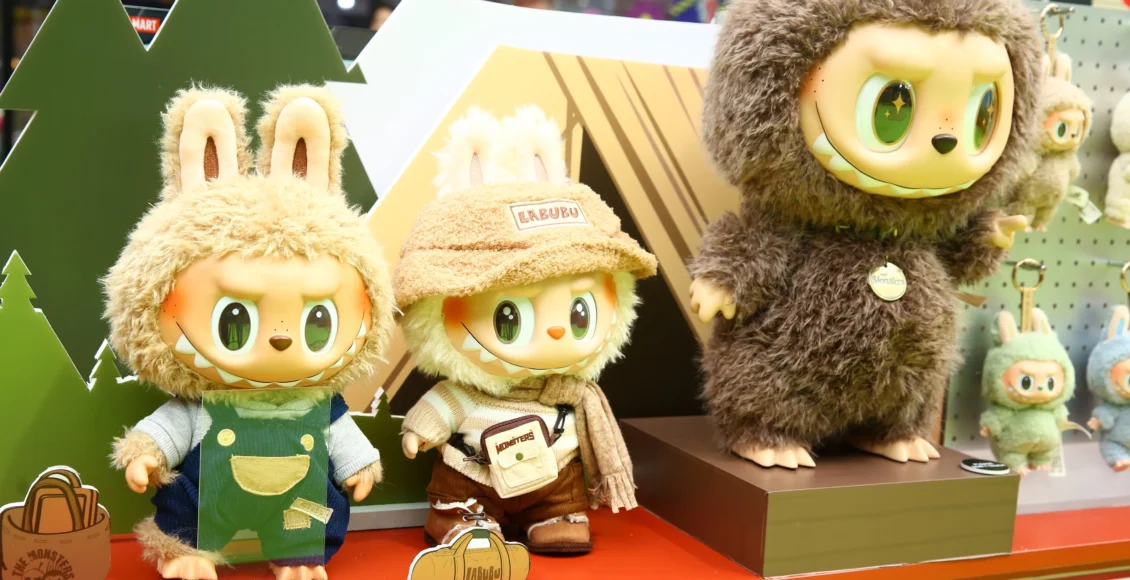At first glance, Labubu looks like a mischievous creature with big eyes and sharp teeth. But for millions worldwide, it’s the ultimate collectible — part plush toy, part fashion accessory, and now, a serious investment.
Labubu’s story begins with Kasing Lung, a Hong Kong-born artist who moved to the Netherlands as a child. Inspired by Nordic fairy tales, Lung created The Monsters, a whimsical book series in 2015, featuring playful elf-like beings known as Labubus. The characters were designed to be kind and helpful, though often clumsy in their adventures.
Soon after, Lung turned his characters into toys. The real breakthrough came in 2019 when Lung teamed up with POP MART, China’s art-toy powerhouse. Together, they launched Labubu figurines in “blind boxes,” where fans only discover which version they’ve purchased after unsealing the package. That mystery element — along with ultra-rare “secret” dolls — fueled the frenzy.
Now, Labubu is more than a collectible. It’s spotted on the bags of celebrities like Rihanna and Dua Lipa, featured in fashion shoots, and even used as costumes in parades and protests. Demand has skyrocketed, with resale prices often doubling or tripling original costs. On eBay, rare editions fetch hundreds of dollars.
The craze reached new heights this month when a life-size Labubu sold for $170,000 at China’s first Labubu art auction, drawing nearly 1,000 bidders.
Experts say blind box toys like Labubu speak to consumer psychology. The thrill of surprise, mixed with nostalgia for childhood collectibles like Pokémon cards or cereal-box prizes, makes them addictive. For adults, they offer not just play but also community, fashion identity, and sometimes, profit.
Labubu may not look conventionally cute, but its mischievous charm has cemented it as one of the defining pop culture icons of the 2020s.



